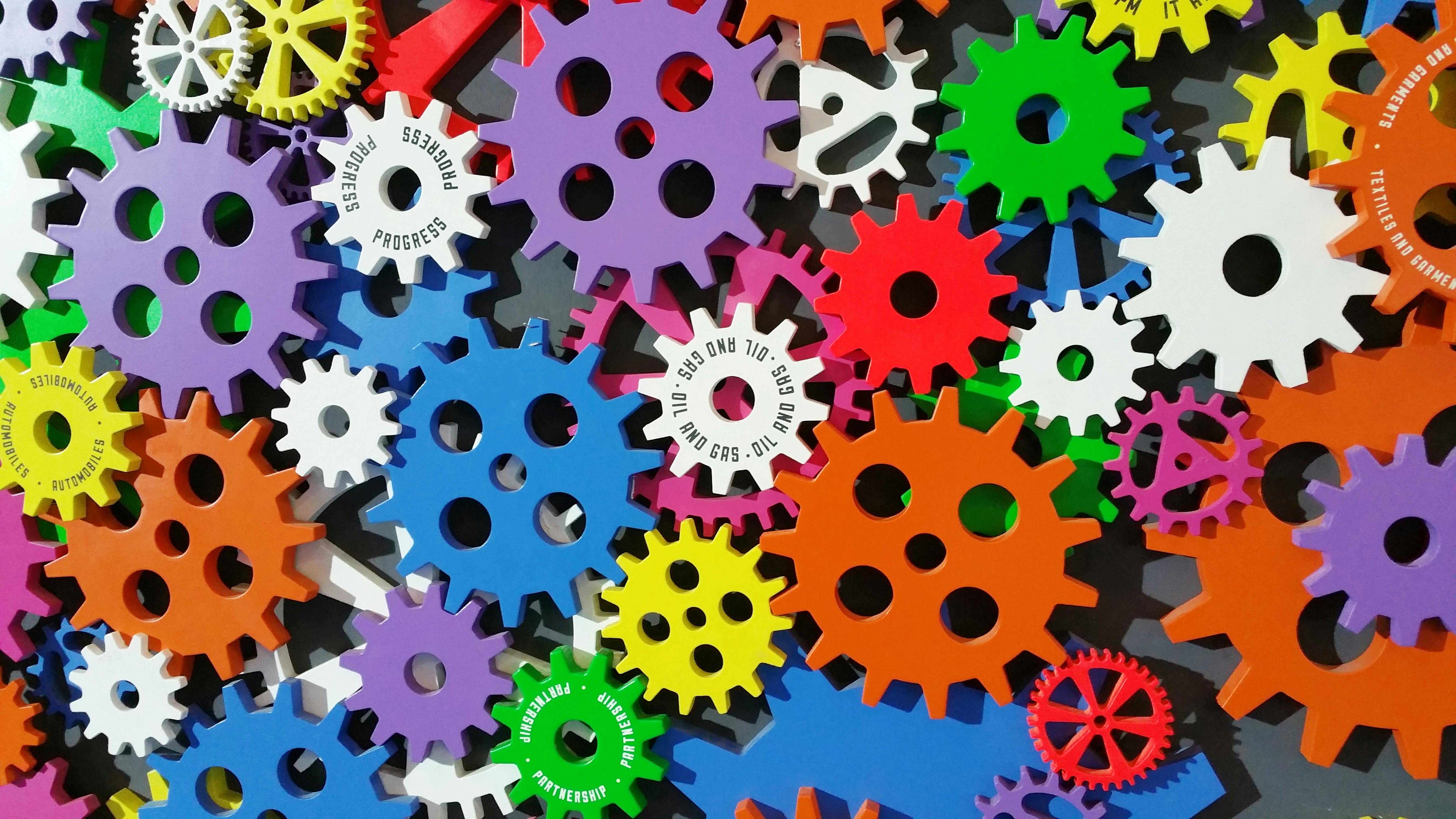Why Mid-Sized CPG Companies Need Purpose-Built Label & Artwork Management Tools
"Discover why mid-sized CPG companies need purpose-built label and artwork management tools like DOQMIND to enhance compliance, streamline processes, and respond swiftly to market trends."
June 8, 2025
4 min.

Why Mid-Sized CPG Companies Need Purpose-Built Label & Artwork Management Tools
In the CPG world, getting your product on the shelf is only half the battle. The other half? Making sure it looks right, reads right, and is compliant with ever-changing regulations and consumer expectations. That’s where label and artwork management comes in, and why a purpose-built solution like DOQMIND is becoming mission-critical for mid-sized CPG brands.
The Hidden Chaos of Label and Artwork Management
For mid-sized CPG companies, managing packaging artwork often sits at the intersection of marketing, compliance, design, and supply chain. Without the right tools, it becomes a patchwork of shared drives, email threads, and outdated PDFs. Errors are frequent, timelines slip, and costly recalls or reprints become a real threat.
A purpose-fit solution like DOQMIND offers more than just digitization. It delivers structure, accountability, and visibility to a process that can otherwise feel like a black hole.
Why This Matters Now More Than Ever
Several industry trends are converging to raise the stakes for getting packaging right:
1. A More Curious, Values-Driven Consumer
Gen Z, the fastest-growing segment of grocery shoppers, demands authenticity, sustainability, and transparency. According to Grocery Dive, Gen Z shoppers are digitally savvy, socially aware, and expect frictionless, informative experiences across all touchpoints, including packaging1. They want to know what’s in their food, where it came from, and how it aligns with their values. Packaging isn’t just branding anymore, it’s storytelling.
2. Ingredient & Labeling Innovation
The FDA recently approved new color additives made from minerals, algae, and flower petals2. While exciting, such developments also add layers of complexity to ingredient labeling, compliance, and claims management. Companies using outdated tools risk mislabeling, regulatory penalties, and consumer backlash.
3. Tariff and Supply Chain Volatility
March sales across the candy and snack sectors grew moderately, but underlying concerns about tariffs and supply disruptions remain a drag on the industry3. When materials, suppliers, or ingredients change, artwork and labeling need to change too—fast. Static, manual systems can't keep up.
4. Trend Acceleration and Time-to-Market Pressure
The National Confectioners Association (NCA) identified "unexpected and unconventional flavor mashups" and "health-forward indulgence" as key 2025 trends4. This means shorter product lifecycles, more limited-edition SKUs, and faster design turnarounds. A sluggish artwork process can kill the momentum of a timely trend.
Why Mid-Sized CPG Companies Are Especially at Risk
Large enterprises have dedicated regulatory, compliance, and creative departments, sometimes with in-house tooling to match. Startups, on the other hand, operate with extreme agility and small SKU counts.
Mid-sized CPG companies sit in the middle: too complex for spreadsheets and email, but without the resources to build custom systems. As a result, they often struggle with:
- Siloed teams and inconsistent processes
- Limited visibility into project status
- Delayed launches due to artwork bottlenecks
- Increased risk of non-compliance
That’s the perfect storm that DOQMIND was built to calm.
What Makes DOQMIND Purpose-Fit
DOQMIND is not a general project management tool wearing a new hat. It was built specifically to solve the complexities of packaging artwork in CPG. Here’s what sets it apart:
1. Centralized Control With Flexible Access
Everyone, from marketing to regulatory to supply chain, works from a single source of truth. Stakeholders can review, comment, and approve artwork in a controlled, versioned environment.
2. De-Risked Collaboration
No more chasing email threads or wondering if you're looking at the latest version. DOQMIND keeps everyone aligned and audit-ready.
3. Built for Speed and Scale
Templates, automated workflows, and approval routing accelerate time-to-market. As SKU counts grow, DOQMIND scales with you.
4. Designed for Regulatory Agility
When the FDA changes guidelines or you need to swap out an ingredient due to tariffs, DOQMIND makes it easy to update, route, and track label changes across your portfolio.
5. Implementation Without the Pain
Unlike outdated enterprise platforms that take months to roll out, DOQMIND is lightweight and intuitive. Mid-sized teams can be fully operational in weeks, not quarters.
Label and Artwork Management is a Growth Lever
Think of label and artwork not as an operational burden, but as a competitive edge. Companies that master it can:
- Launch faster than competitors
- Reduce risk and avoid costly reprints or recalls
- Strengthen brand trust with compliant, consistent packaging
- Respond to market trends with agility
- Tell better brand stories to values-driven consumers
Final Thoughts
In a world where consumers are paying closer attention to labels, regulators are evolving faster, and market trends shift at lightning speed, mid-sized CPG companies can no longer afford to treat label and artwork management as an afterthought.
Tools like DOQMIND help bring control, clarity, and confidence to the process. And in the CPG industry, those are the ingredients of sustainable growth.
Sources:
- https://www.grocerydive.com/news/gen-z-shoppers-loyalty-grocer-influencers-technology-omnichannel-ecommerce/747580/
- https://www.nbcnews.com/health/health-news/fda-new-food-colors-minerals-algae-flower-petals-rfkjr-rcna205947
- https://candyusa.com/cst/march-sales-grew-moderately-amid-tariff-concerns/?_zs=8hi2R1&_zl=qVll7
- https://candyusa.com/cst/nca-identifies-trends-in-advance-of-sweets-snacks-expo/


